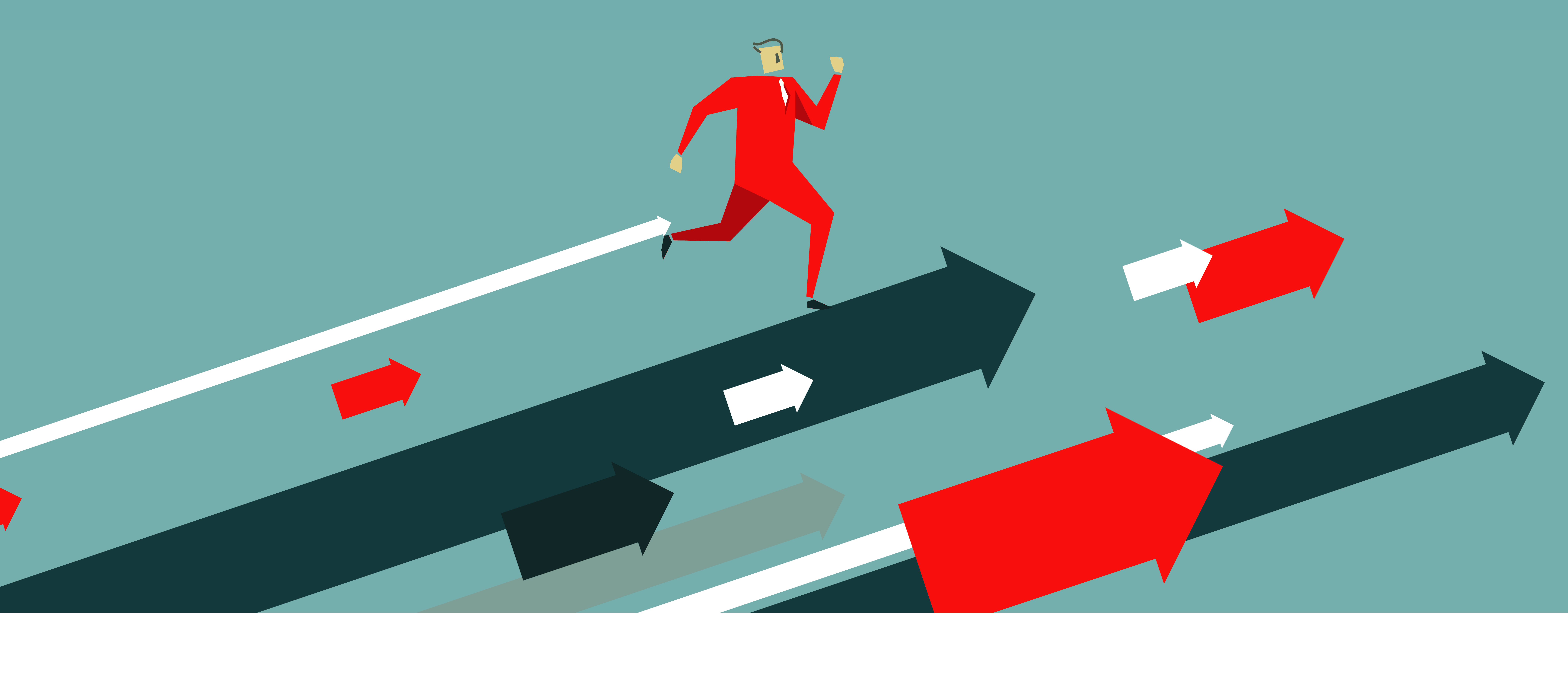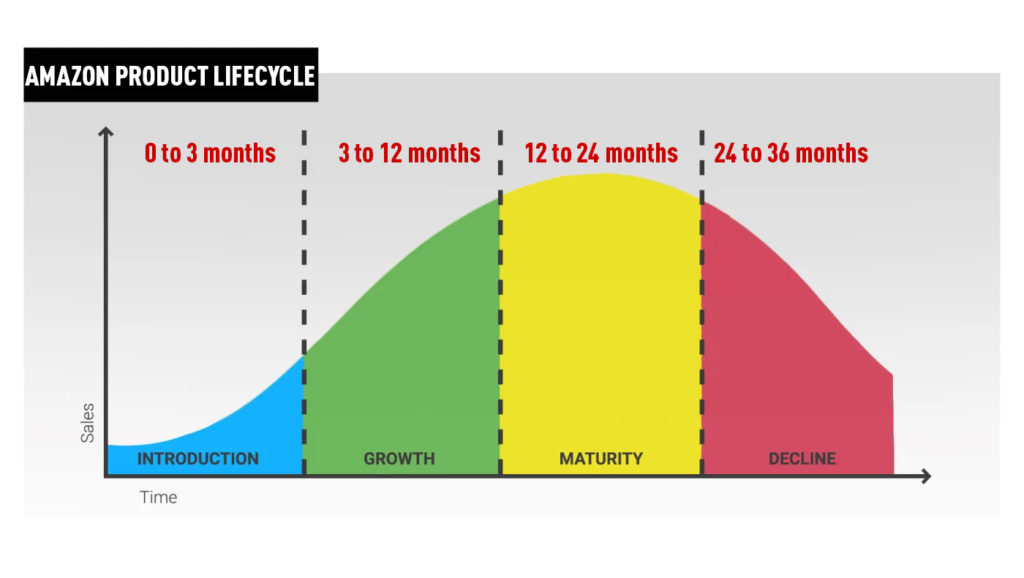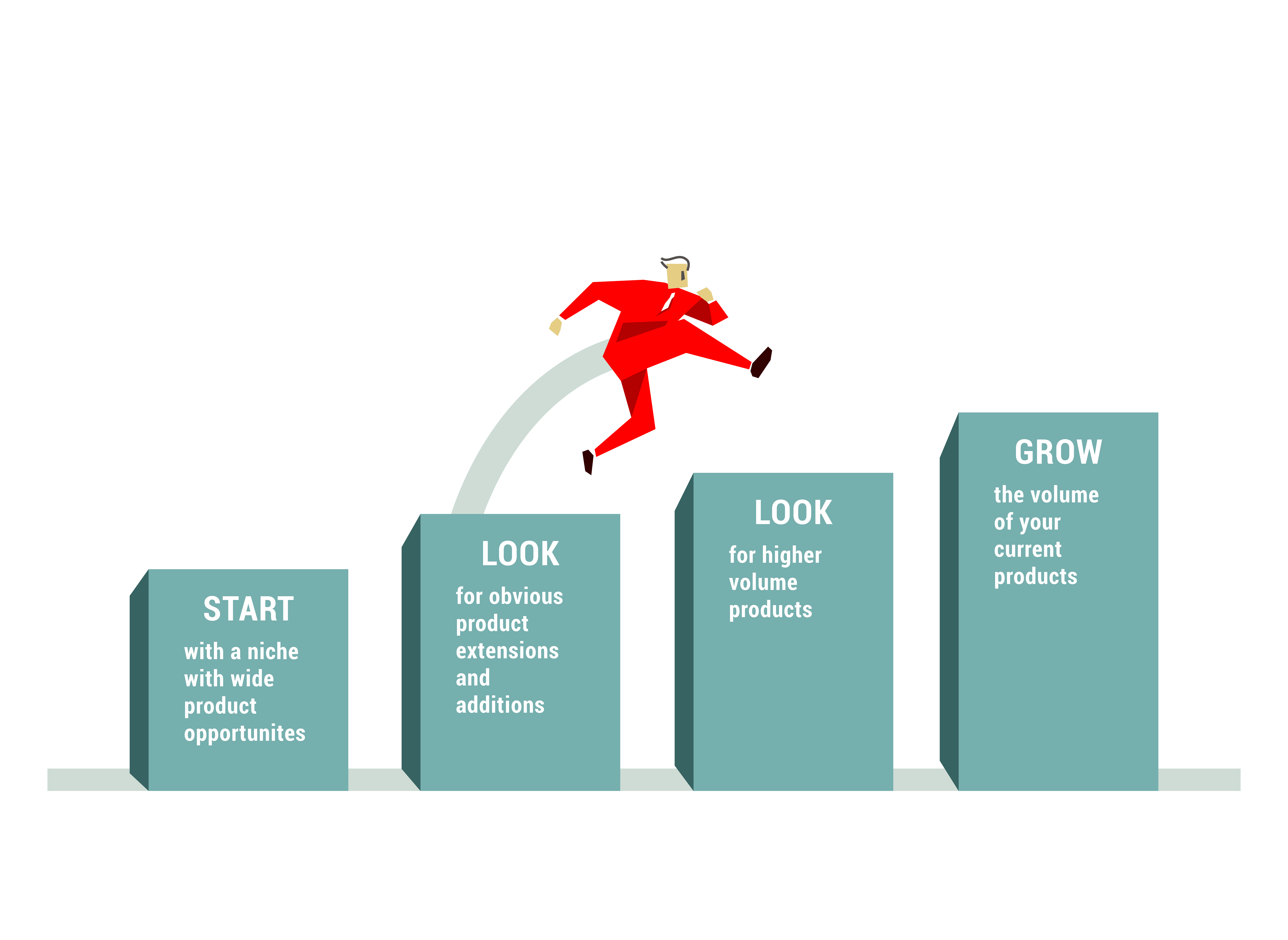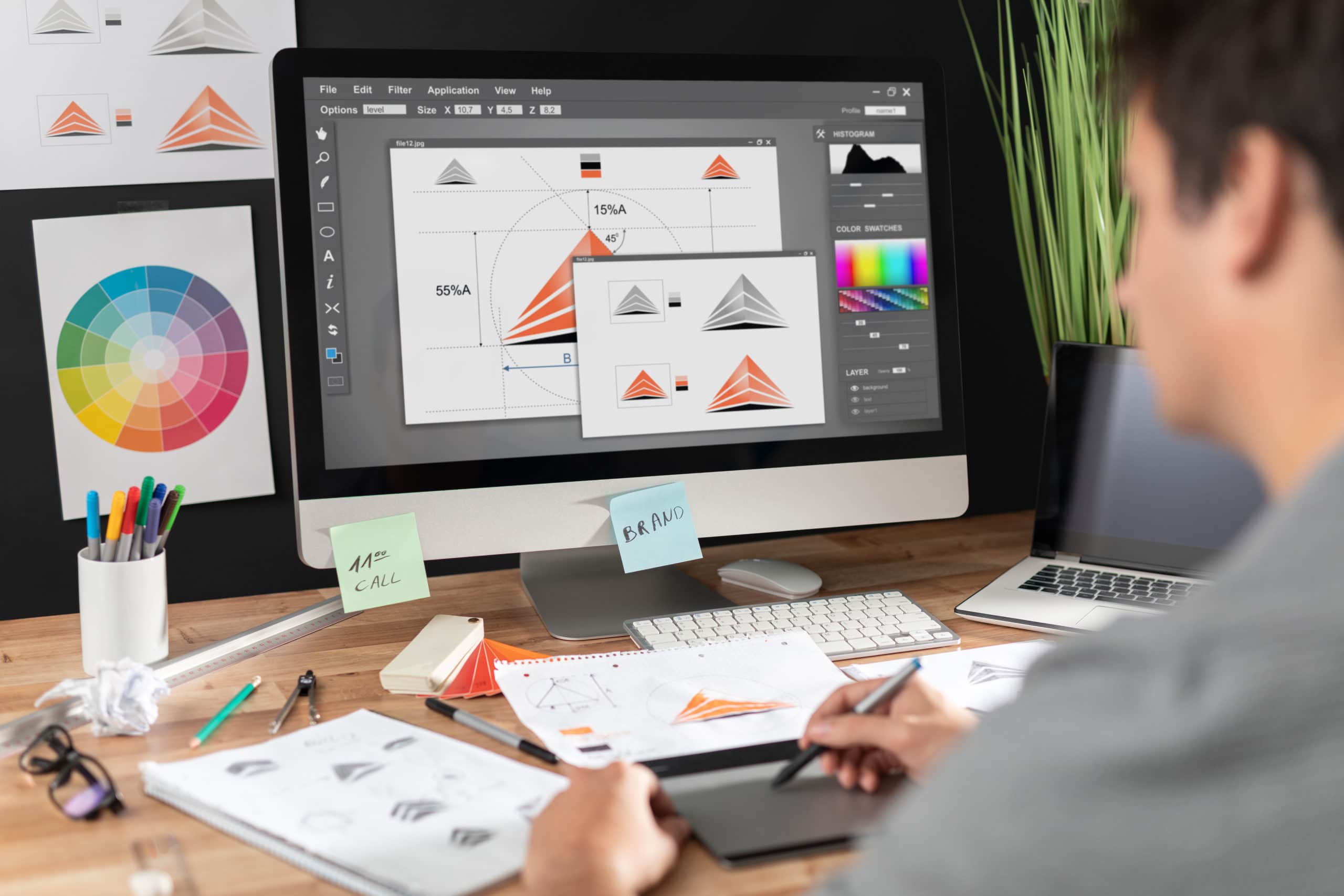The Two Biggest Throttles in Your Amazon Business and How to Overcome Them

Over my 10 years of starting and running ecommerce businesses as well as connecting with thousands of ecommerce entrepreneurs through EcomCrew, I've discovered two things that are almost universally the biggest throttle for every ecommerce company: cash and product growth.
In this article, I'll discuss why these two things can severely limit your business growth and how to overcome them.
Contents
- Cash Is the Number One Throttle for Your Ecommerce Business
- How Do You Get Cash for Your Ecommerce Business?
- Alternative Lending Solutions for Ecommerce Companies
- Your Next Biggest Throttle: Product Growth
- How to Overcome Product Growth Throttles
- Employees Are NOT a Throttle in Your Business
- When to Grow and When to Harvest
- Conclusion
Cash Is the Number One Throttle for Your Ecommerce Business
This goes without saying – cash will be the number one throttle in your business.
I have a rough equation that basically, you'll need 10% to 20% of your revenues in working capital, i.e., cash. So if I want to do $5 million in sales, I need $500,000 to $1million in working capital.
Whether you're on the lower end of this equation (10%) or the upper end (20%) largely comes down to how fast you turn your inventory.
Your turnover ratio is simply your COGS for the entire year divided by your average inventory. You likely don't have a concrete figure for your average inventory. Estimate it as best you can. How much inventory you have right now is a good starting point. Remember to use your costs, not retail value.
When it comes to importing from China, turning your inventory 4 times per year would be amazing. Realistically, it's more like 2 to 3 times. Try to be closer to 3 times and not 2 times.
How Do You Get Cash for Your Ecommerce Business?
Now you know that you need cash to run your company. So now you just have to go to the bank, show them your massive sales growth, and ask for money, right?
It's not that simple.
Banks hate lending on inventory. You know how Amazon gives you about 2% of the retail value of your inventory through their new liquidation program? Banks are using the same math to evaluate your inventory.
Banks will lend you money largely based on your personal net worth, and you will have to personally guarantee everything. Because of this, you will need to look at alternative lending solutions.
Alternative Lending Solutions for Ecommerce Companies
Because of the difficulty in getting bank financing, it means that you will most likely need to look at alternative lending solutions. Some of these alternative solutions include
- Platform-based lending, e.g., Amazon lending, PayPal working capital, etc.
- Crowdfunding options like KickFurther and AccrueMe
- SBA lending
- Credit cards
- Private loans (family, friends, and sharks)
- Borrowing from your retirement savings
Evaluating these lending options is a massive topic, and we have more on it in our Getting Financing for Your Ecommerce Business article.
Your Next Biggest Throttle: Product Growth
OK so let's talk about your next biggest throttle – product growth.
If you have one product and are doing $100,000 in revenue, then to get to $200,000, you basically need two products. And then to double this again to $400,000, you need to get to four products. Double it again to $800,000 and you need eight products and so on. At some point, the law of exponential growth catches up to you and the number of new products you need to launch a year becomes a very large number. Making things worse, product development is one of the hardest things to delegate away from a founder (just think about Apple's stagnate product lineup since Steve Jobs' death).

Compounding things, every product gets inundated with competition eventually. And on Amazon, this product life cycle is often 12 to 24 months or less. Eventually, you need to replace these declining sales with new products.
How to Overcome Product Growth Throttles
Overcoming the product growth throttle that you'll eventually hit is key to keeping your ecommerce company growing. Here are a few techniques I've learned over the years to do this:
- Start with a niche with wide product opportunities.
- Look for obvious product extensions and additions, e.g., different types of ice packs, mattresses for trucks.
- Look for higher volume products.
- Grow the volume of your current products (improve conversion rate, rankings, etc.).
First and foremost, you need to start in a niche with wide product opportunities. The example I always give is hiking vs. marathon running. Hiking has near endless product opportunities such as tents, sleeping bags, hiking poles, cookware, and so on. Marathon running, on the other hand, has pretty thin product opportunities outside of apparel. Whenever you're picking a niche, identify 25 dream products assuming you had no competition and unlimited capital. If you struggle to build that list, move on to another niche.
Next, looking for obvious product extensions and accessories to existing products. When I ran anchoring.com, we sold a lot of boat anchors. Eventually, I clued in that people need rode (not a typo for you non-boaters) for their anchors and chain, and accessories ended up becoming our number one best-selling product.
Of course, the easiest way to get more revenue from less products is to focus on higher volume products. I advocate the Cockroach Theory for anyone first starting out. This allows you to focus on low volume and low demand items. This strategy works incredibly, and you can build a strong mid 7-figure business doing it. It's a difficult strategy to scale to 8 figures though and at some point, you need to look for a few home run products with higher volume products doing $50,000+ a month in sales.
Finally, improve the conversion rate and volume of your existing products. Can you sell your products on more channels such as eBay, your website, or even wholesale to other companies? Is your conversion rate low? (for Amazon, that normally means sub 10%). If so, doubling your conversion rate effectively doubles your sales. Selling more of your existing products is one of the easiest wins in e-commerce.
Employees Are NOT a Throttle in Your Business
Let's discuss something that will not be a throttle in your small Amazon FBA business: employees.
Amazon has made our businesses immensely scalable by handling most of the customer service and logistics. These are traditionally two of the biggest employee demands for an ecommerce business. On top of this, many of your day-to-day tasks are easily outsourced. Off-amazon storage and shipping can be done by 3PLs, graphics design can be done by any of the freelance websites (see our review of them in What is the Best Freelance Graphic Design Websites for Amazon Sellers?), and there are countless online bookkeeping and accounting services available.
I'm not saying you should never hire anyone. As you approach 7 figures and beyond, you should be hiring, at a minimum, a customer service rep and, later, a catalog manager (someone to manage all of your product listings). But you don't need a team of 20 to run an Amazon business doing a few million in sales.
Growth Is Not Everything – When to Grow and When to Harvest
The focus of this article has been on growing your ecommerce business. However, growing is not always the best option.
A few years ago, I listened to an eye-opening presentation where the speaker talked about there being a time to grow your ecommerce business and a time to harvest it (i.e., reap the profits). It's very difficult to grow an ecommerce company while also maximizing profits. An entrepreneur who never stops to harvest their company is leaving a lot of money on the table. Padding your top-line revenue is great for stroking the ego. But remember, revenue is vanity and profits are sanity. At some point, you should stop focusing on growing and start focusing on harvesting.
Conclusion
It's a universal law for ecommerce companies that there is never enough cash and never enough product opportunities. To keep your business growing, you need to overcome these throttles. What has been your experience hitting ceilings in your ecommerce business? Let me know in the comments section below.





